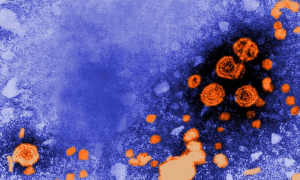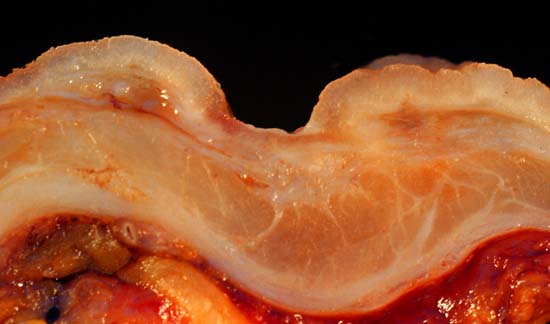Healing is the body response to injury in an attempt to restore normal structure and function. It involves 2 process-Regeneration or Repair.
-In Regeneration when healing takes place by the proliferation of parenchymal cells and results in complete restoration of original tissues.
– In Repair when healing takes place by the proliferation of connective tissue element resulting in fibrosis or scarring.
1) Regeneration–
Some parenchymal cells are short-lived while others have a longer life span, in order to maintain the proper structure of tissue these cells are under the constant regulatory control of their cell cycle. Depending upon their capacity to divide the cell of the body can be
a) Labile cell– These cells continue to multiply throughout life under normal physiological condition, these include surface epithelial cells of the epidermis, respiratory tract, urinary tract, vagina, cervix, uterine endometrium, etc.
b) Stable cell– These cell decreases or lose their ability to proliferate after adolescence but retain their capacity to multiply in response to stimuli throughout adult life. This includes parenchymal cells of organs like liver, pancreas, kidney or mesenchymal cell-like smooth muscle cells, fibroblast, and vascular endothelium.
c) Permanent cell– These cells lose their ability to proliferate around the time of birth, these include neurons of the nervous system, skeletal muscle, and a cardiac muscle cell.
2) Repair–
Is the replacement by mesenchymal cell consists of fibrous tissue, 2 processes is involved in this is- Granulation tissue formation, Contraction of a wound.
a) Granulation tissue formation-
The term granulation tissue derives from the slightly granular and pink appearance of tissue, three phases are observed in this-
–Phase of inflammation– Following trauma there is an acute inflammatory response with exudation of neutrophils, monocytes appear within 24 hrs.
–Phase of clearance– Combination of a proteolytic enzyme from neutrophils and autolytic enzyme from dead tissue cell and phagocytic activity of necrotic tissue.
–Phase of ingrowth of granulation tissue–
(i) Angiogenesis (neovascularisation)-Formation of new blood vessels at the site of injury takes place by the proliferation of endothelial cells from the margin of a severed blood vessel. Initially proliferated endothelial cell is solid, but within in lumen is developed and start carrying blood, initially it is leakier and causes edematous appearance. Vascular endothelial growth factor, platelet-derived growth factor, basic fibroblast growth factor, all are associated with cellular proliferation.
(ii) Fibrogenesis– The new fibroblast originate and also collagen fiber begins to appear by the about 6th day, as maturation proceeds more of collagen is formed, which results in the formation of an inactive looking scar.
b) Contraction of a wound-
The wound starts contracting after 2-3 days and the process is completed by the 14th day, during this period the wound is reduced by 80% of its original size by-
-dehydration as a result of removal of fluid by drying of a wound
-contraction of collages.
-myofibroblast appearing in granulation tissue which has the features of intermediate between fibroblast and a smooth muscle cell. Their active contraction decreases the size of the wound as it contains actin and myosin.




